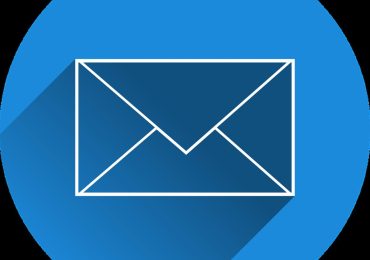Engaging customers is an art that has been transformed by the digital age, and newsletters have emerged as a potent tool in this domain. They serve as a bridge between businesses and their clients, delivering value directly to their inboxes. When done correctly, newsletters can drive sales, build brand loyalty, and inform your audience. Understanding how to harness the power of newsletters is essential for any business aiming to strengthen customer relationships. Below, we explore the ins and outs of effective newsletter marketing.
Understanding the Role of Newsletters in Customer Engagement
Alt Text: Team members in an office environment collaborating on newsletter software for customer engagement
Newsletters stand at the forefront of customer engagement strategies due to their direct and personal approach. By landing in subscribers’ inboxes, newsletters serve as a gentle but persistent reminder of your brand’s presence. They provide a platform for storytelling, allowing companies to share their journey, achievements, and values with their audience. This ongoing narrative fosters a sense of community and belonging among subscribers, crucial to sustaining long-term engagement.
Moreover, newsletters are versatile tools that can cater to diverse audiences. Whether providing industry insights, sharing tips, or keeping customers updated on company news, they can be tailored to meet the interests of different segments. This versatility means newsletters can engage various customer groups, boosting overall engagement rates.
The interactive nature of newsletters can also not be overstated. They create channels for two-way communication with options for feedback, surveys, and calls to action. Engaging subscribers in dialogue and valuing their input makes them feel heard and appreciated, thus strengthening their connection to the brand.
Finally, employing the right newsletter software is key to managing and delivering content effectively. Analyzing subscriber behavior, segmenting audiences, and personalizing messages is invaluable for maximizing engagement through newsletters.
Crafting Personalized Content to Capture Attention
Alt Text: A woman at a table using her laptop to craft personalized content aimed at capturing attention
Content personalization in newsletters is more than just addressing subscribers by name; it’s about delivering relevant and valuable information that resonates with them. Personalization must stem from a deep understanding of consumer behavior and preferences, which can be gleaned from data analytics and customer feedback. By serving content that matches individual interests, businesses increase the chances of readers engaging with their newsletters.
Segmentation plays a crucial role here, allowing for the creation of content tailored to different audience groups. For example, long-time customers might appreciate exclusive insights or loyalty rewards, while new subscribers might prefer educational content about the brand and its products. Companies can create a more impactful and engaging experience by aligning content with subscriber expectations.
The tone and style of the content also contribute significantly to engagement. A conversational tone that mirrors a one-on-one discussion can elicit a stronger emotional connection than a formal corporate speech. Coupled with strong storytelling elements, newsletters can engage readers personally, making them eager to read more.
Visual content, too, cannot be ignored. Attractive layouts, images, and videos greatly enhance the appeal of newsletters. An eye-catching design not only grabs attention but can also make complex information more digestible and memorable, thereby increasing engagement.
Best Practices for Consistent Newsletter Communication
Consistent and regular communication through newsletters helps maintain customer interest and engagement. Establishing a regular cadence signals reliability and keeps your brand at the top of subscribers’ minds. However, consistency should not compromise content quality. Each newsletter episode must deliver value to avoid subscriber fatigue and potential unsubscriptions.
Another best practice is to ensure newsletters are optimized for mobile viewing. With increasing consumers accessing their emails through mobile devices, responsive design is no longer optional. Rendering correctly on all screens ensures a seamless reading experience, which is critical for sustaining engagement.
Clear calls to action (CTAs) guide subscribers to the next step, be it making a purchase, reading a blog post, or participating in an event. Effective CTAs are simple, straightforward, and resonant with the content’s message. They act as the pivot point between passive reading and active engagement.
Maintaining a consistent voice and branding throughout newsletters helps build brand recognition and trust. It assures readers of the authenticity of the communication and reinforces the company’s identity. Being consistent in these areas creates a cohesive experience that cements reader loyalty.
Altogether, newsletters boost customer engagement by providing personalized, valuable content that strengthens the connection between businesses and their audience. By maintaining consistency, optimizing for mobile, and fostering two-way communication, companies can effectively use newsletters to enhance brand loyalty and drive long-term success.
